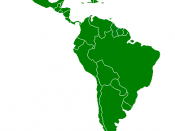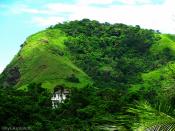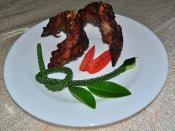A deserted island where the forest floor writhes with the world's most venomous vipers. A fisherman found dead on his boat, its deck awash with his blood. A lighthouse keeper and his family massacred in a nocturnal snake invasion of their isolated cottage home.
What sounds like the script from some tacky, low-budget horror flick may be as much fact as fiction. What's more, these tales have a purpose that goes beyond fireside entertainment. Chilling by design and passed down from fisherman, father to son, the stories perpetuate myths surrounding the forbidden shores of Brazil's Snake Island.
That's the name locals have given to Ilha de Queimada Grande, a speck of land off Brazil's southeastern coast. There, a unique species of the fer-de-lance pit viper, armed with a super-potent venom and found only on the island's 430,000 square meters, is jungle king.
Legend has it that the snake guards its forest realm with brutal ferocity.
Real life has responded with a Brazilian navy ban forbidding anyone to set foot on the island.
In Brazil, snakes don't elicit the same hysterics as they do in, say, the UK, where your chances of seeing one are pretty much limited to glass cases in reptile houses and photographers on Blackpool beachfronts with bored pythons draped around their shoulders. In Brazil, particularly in the countryside where they are abundant, snakes get healthy respect and the kind of ignorant fear born of hearsay and hand-me-down fiction.
But of the country's four venomous serpents, the infamous fer-de-lance of the genus Bothrops is undoubtedly the most feared. This genus, with more than 30 different varieties, is responsible for nearly 90 percent of all snake bite accidents in Brazil, where around 20,000 people fall foul of snakes -- and 100 die as a result -- each year.


